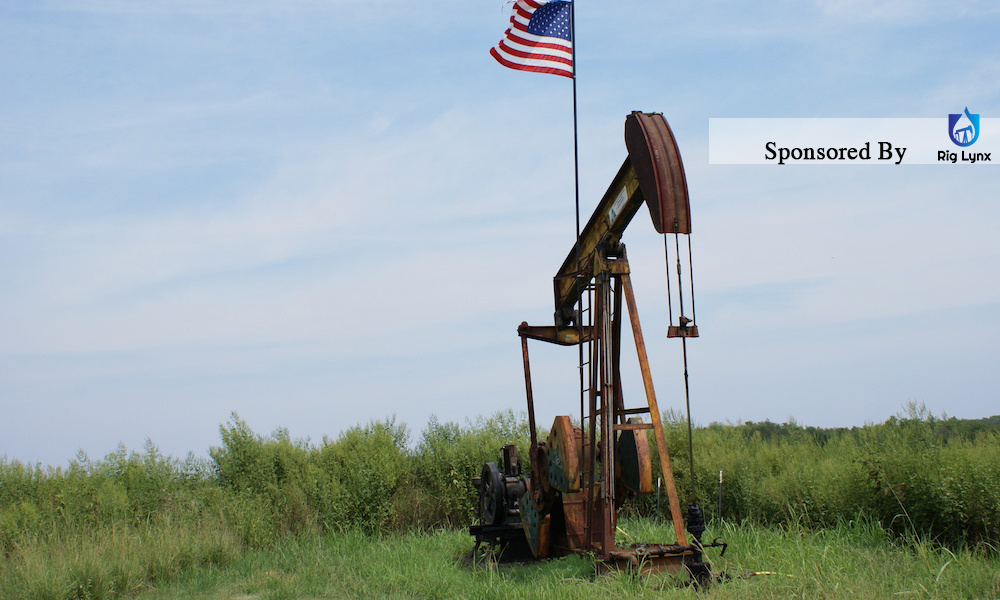
The Permian Basin, home to more than 40 percent of all active U.S. drilling rigs, continues to receive most of the credit for the rapid growth of U.S. oil production; meanwhile, the Marcellus Shale receives the lion’s share of credit for ongoing record-setting levels of domestic natural gas production. But a series of recent information releases demonstrate that the oil and gas boom is spreading into other plays across the nation.
Some examples:
- North Dakota’s Department of Mineral Resources (DMR) reported last Friday that the state’s oil production rose by 5.4 percent from March to April this year, and is closing in on an all-time record production level for the state that is home to the preponderance of the massive Bakken Shale formation. DMR Director Lynn Helms told reporters that his Department had not expected this level of production until May or June. Helms attributed the rise to a steadily rising rig count and the fact that “operators and service companies have developed drilling rigs that are twice as efficient as they were in 2014 to drill and complete permitted wells,†and said he expects the current trend to continue through the rest of 2018.
- Shale natural gas production in Ohio has risen by 43 percent year over year as of the end of the first quarter, according to the state’s Department of Natural Resources. The production comes from a combination of Marcellus and Utica Shale wells, and is also expected to continue rising in the second half of 2018.
- A recovering natural gas price during the early months of 2018 and the proximity to Cheniere Energy’s Sabine Pass LNG export facility has led to a modest resurgence in production from the Haynesville Shale region. Natural Gas Intelligence (NGI) projects that production from the Haynesville will rise by “235 MMcf/d m/m to 8.97 Bcf/d in July.â€
- In the DJ Basin, Bernadette Johnson, vice president for market intelligence at DrillingInfo told an audience in Littleton, CO in June that “Since December, we have seen oil grow by nearly 10,000 barrels per day every month,†and that DrillingInfo expects the rebound to continue in the coming months based on continued strong commodity prices.
- The U.S. Energy Information Administration reports that a rising rig count led to a very healthy month-over-month increase in Eagle Ford Shale crude production of 35,000 barrels per day. The looming bottleneck in Permian Basin pipeline takeaway capacity will likely lead to even more rigs coming to the Eagle Ford region in the 2nd half of the year.
- According to Wood Mackenzie, oil and gas production in deepwater Gulf of Mexico is expected to reach an all-time record high this year at 1.935 million boepd, of which 80 percent is oil—beating the previous record from 2009 by nearly 10 percent and representing 13-percent growth year over year.
- A survey released last Friday by the Federal Reserve branch of Kansas City indicates that oil and gas activity in Oklahoma’s SCOOP/STACK play region continues to expand.  Chad Wilkerson, vice president and economist at the Oklahoma City branch of the Federal Reserve Bank of Kansas City, said that “Expectations are nearly as high as they have ever been. Executives are pretty optimistic about future drilling activity.â€Â The Kansas City Fed’s June report indicated that SCOOP/STACK production had reached record levels at the first of the year for both oil and natural gas, and projected that both would rise throughout 2018.
While the boom is expanding all across the country, Pennsylvania and Texas remain the two states benefiting most from the industry’s growth. This is especially true in Texas, where State Comptroller Glenn Hegar recently informed leaders of the state’s legislature that, thanks to a healthy economy largely driven by the oil and gas industry, they will have an extra $2.8 billion in revenue to work with when developing the state’s budget for the 2019/2020 biennium.
Meanwhile, the Texas Department of Transportation (TxDOT) announced last week that, thanks to two programs that allocate funds from the state’s Rainy Day Fund, it will receive a whopping $1.1 billion more than expected over the next two years. That is again thanks to the booming oil and gas industry, since the Rainy Day Fund is funded almost entirely by severance taxes collected on oil and gas production.
So, while the boom is fanning out into other play areas, that doesn’t mean it is leaving Pennsylvania and Texas behind. This is a case of a rising tide lifting all boats.
Check out our other current stories, we dare you…



